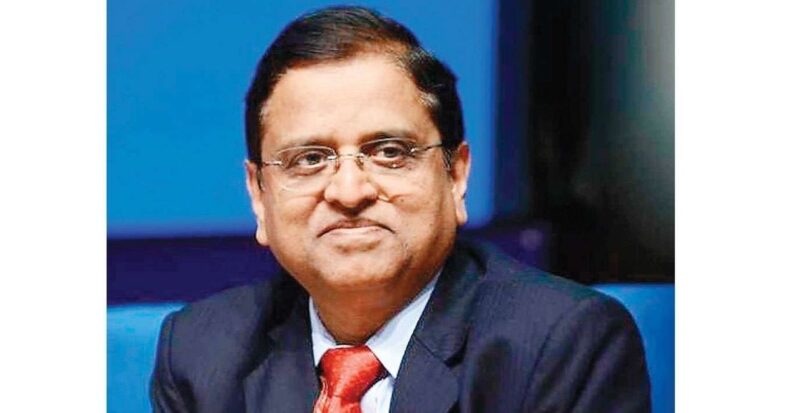On being asked about his views on govt’s monetization scheme, Former Finance Secretary Subhash Chandra Garg stated two worthwhile objectives of NMP.
However, after successfully monetizing six airports in 2019, there hasn’t even been a single transaction in the country.
A history of unsuccessful plans makes this plan that talks of Rs 6 lakh crores over four years seem too ambitious to the expert.
Key Objectives of The Scheme
Subhash Garg stated that one objective of the scheme is apparent. The government has invested money in roads or airports or whatever and now needs more money to invest into something new.
The objective is to pass on the assets created in the past to the private entrepreneurs to operate it and take that capital back to invest into something new. Secondly, this is the best operation of an asset.
A private entity can better serve an airport operated by AAI or a toll road managed by NHAI. There is an immense sense in monetizing operating assets.
There are confusions and misinformation that monetization is the sale of assets- It is not.
Even if it is, it’s not a bad thing. Government should not be defensive about selling these brownfield assets.
There is nothing terrible in selling something that can be sold and monetized. Monetization is a perfectly justifiable thing to do.
The Concern Over Who Gets The Assets is Not Justified
People fear that these assets are going into the hands of a few to create monopolies. Garg clarified that India has too many operators for operating essential assets.
It is just that the working of vital assets is too much decentralized in the country. India needs prominent efficient players to run roads or airport assets.
For example, The Airport Authority of India has over 130 airports, but it cannot manage them well. There are 5-10 good and 3-4 outstanding airport operators in the country.
Only about 20 airports are best going to or have been to private hands. So, the concern over monopolies is wholly misplaced. India is a vast country and has a considerable number of entrepreneurs.
We should consolidate. If we have 5, 10 or 20 strong players in telecom or even in roads or rail, we will be better off. Worrying over potential monopolies would not be in the national interest.
A History of Unsuccessful Plans in The Past
The main challenge lies in taking this plan to its expected end. After a successful monetization of assets in 2019, there has not been a single transaction.
We have struggled inroads with only five packages so far of ToT. Two of them did not take off at all in the last five years.
So, technically, we have only done three.
There has not been much success anywhere else. And this particular plan which talks about Rs 6 lakh crore over four years, which means Rs 1,50,000 crore a year- is way too ambitious.
The institutional mechanisms created so far are not at all conducive for this to happen.
Final Words by Subhash Chandra Garg
“I strongly think that the government will not be able to deliver on it. Even if it does 20% of what it is saying, I would be more than happy.
I estimate that, in four years, the government will end up with only 10% of this pipeline being achieved, and that would be 60,000 crores, not more than that”.
The Political War-Front
On the political front, the opposition is not happy with the launch of this pipeline. West Bengal Chief Minister Mamata Banerjee claimed the policy to be a ploy to sell the assets belonging to the country.
She claimed that the government would use the money raised by selling assets during elections. Congress leader Rahul Gandhi accused the government of selling and gifting India’s Crown Jewels to a ‘select few.
Without taking names, Rahul said that “only three or four people are interested in these sectors and the assets will go to them only. The whole idea is to create monopolies for those three or four people”.
The RSS-affiliated Bhartiya Mazdoor Sangh (BMS) and the Left-backed Centre of Indian Trade Unions (CITU) strongly opposed the PM’s National Monetization Pipeline.
Slamming Congress leader Rahul Gandhi, FM Nirmala Sitharaman said, “If monetization is selling government assets, then the assets monetized during Congress rule were also sold”. She was pointing at the monetization of Mumbai-Pune Expressway for 8,000 crores when the Congress-led UPA was in power.
When the government comes up with such mega pipelines, the structure needs to be precise.
The success and effective implementation of such ambitious plans require risk mitigation and uniform guidelines. Government must prepare SOPs before putting Central and State assets on the block.












